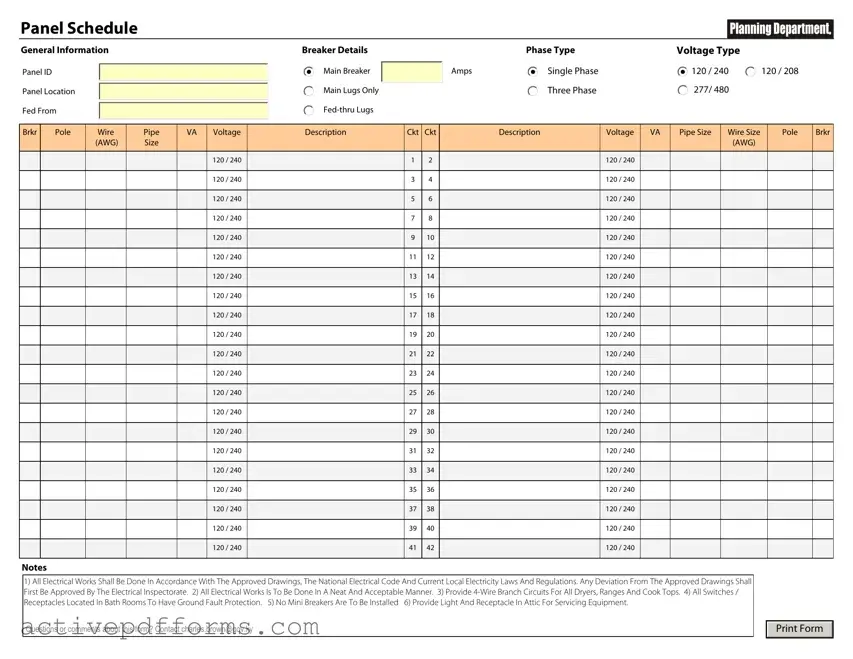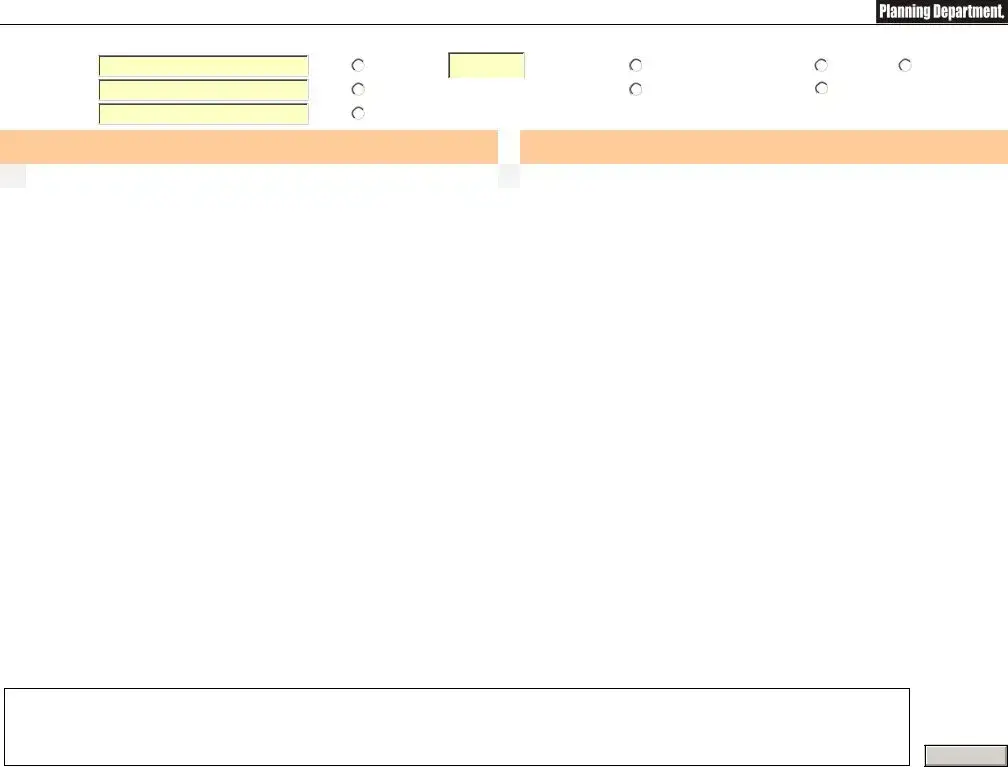Free Electrical Panel Schedule PDF Template
An Electrical Panel Schedule form is a detailed document used to record important information about an electrical panel's circuits, including circuit numbers, descriptions, and amperage. This form plays a crucial role in the installation, maintenance, and troubleshooting of electrical systems. It serves as a guide for electricians and other professionals to ensure that electrical panels are organized and operate safely.
Edit Electrical Panel Schedule Now

